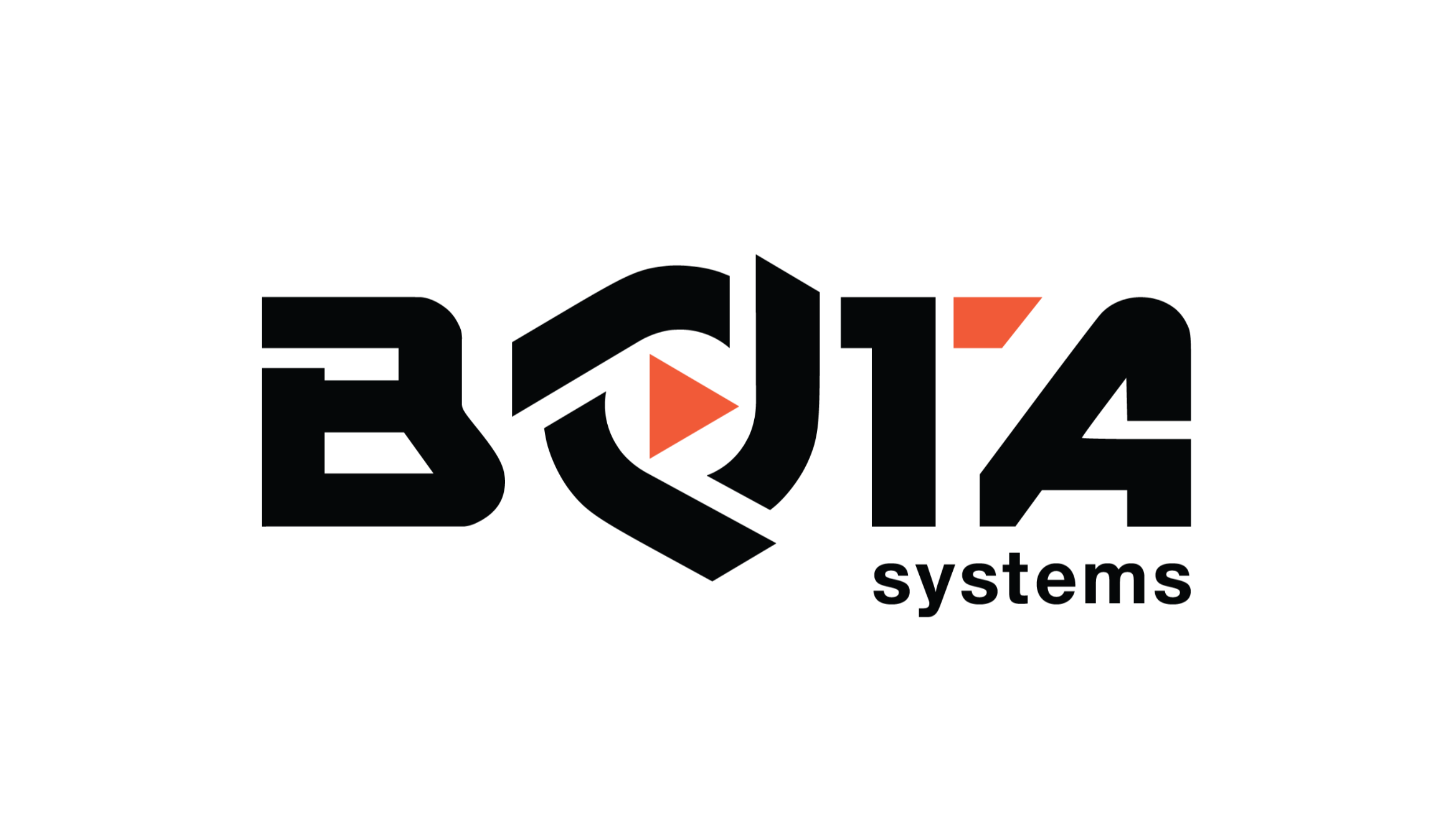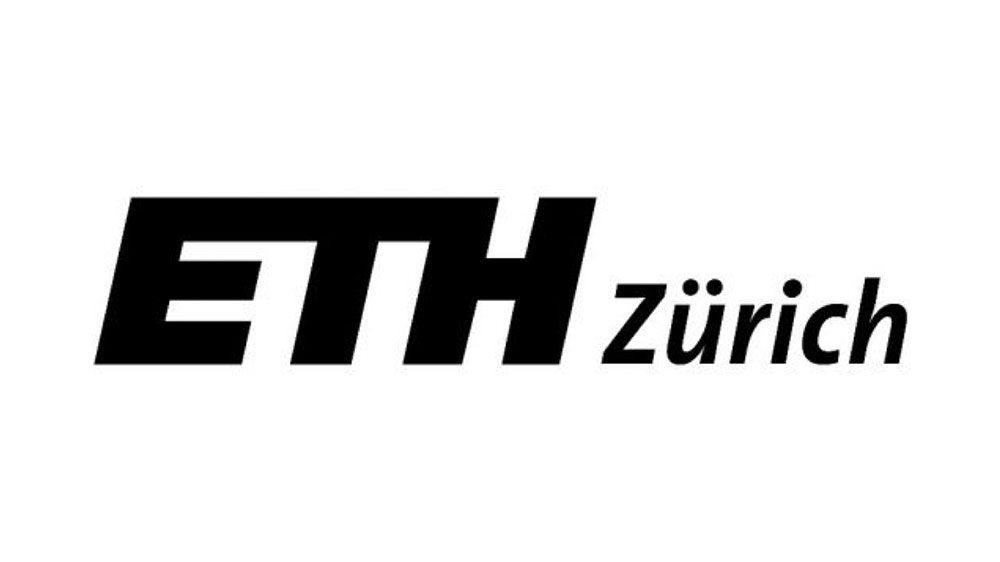If you are considering buying a Bota Systems Rokubi EOAT, you may want to investigate what peers think about this solution. End-of-arm tooling technology is still evolving, with new advancements being made in terms of design, materials, and control systems which are making them more versatile and powerful. Many people are seeking EOAT with improved functionality, precision, and ease of use. Other important factors to consider when researching EOAT include compatibility, durability, ease of maintenance and installation, and the specific capabilities that they offer for a particular application. We have compiled a list of user reviews that you can use in the same way as personal recommendations.









